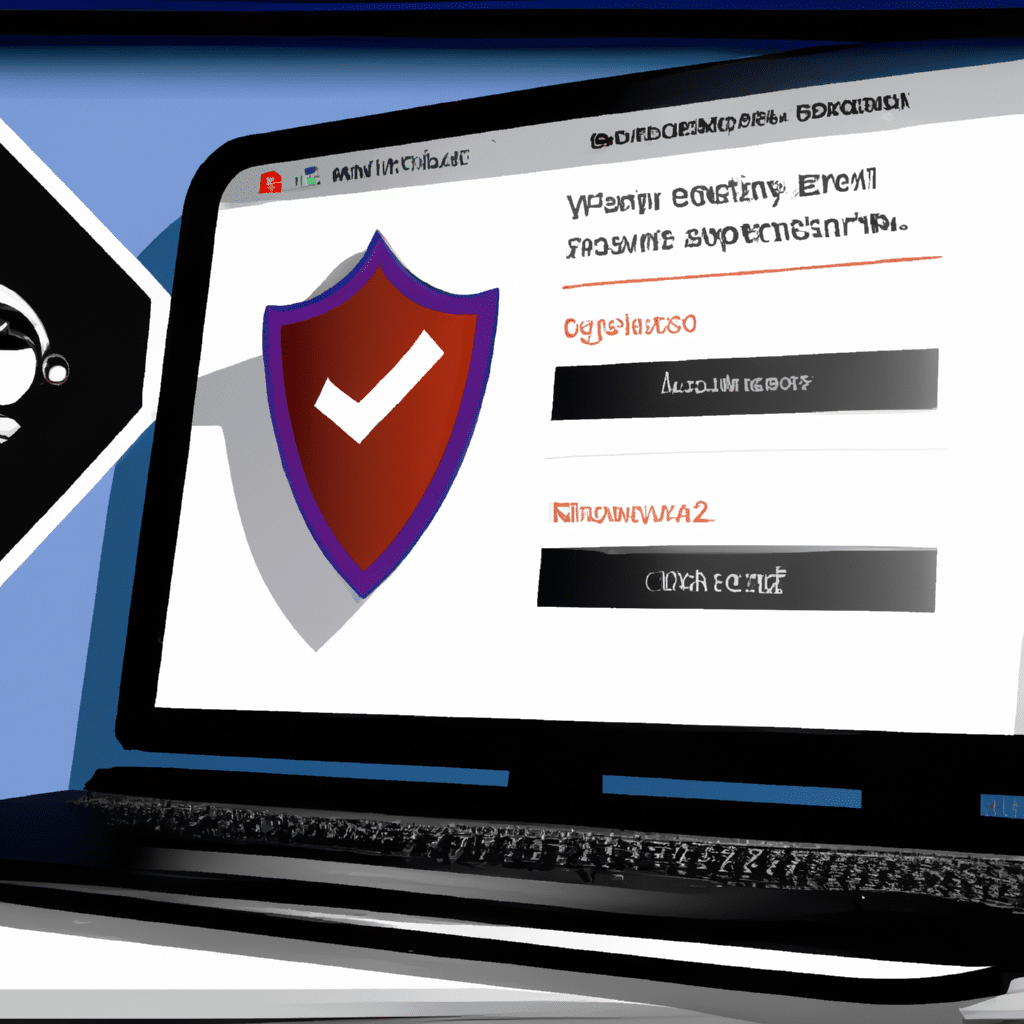The Truth About Drive-By Download Attacks and How to Avoid Being Infected with Malware
As technology continues to advance, so do the methods used by cybercriminals to infect computers with malicious software, also known as malware. One of the most common ways that malware is spread is through drive-by download attacks. In this article, we’ll discuss what drive-by download attacks are, how they work, and most importantly, how you can protect yourself from becoming a victim.

What is a Drive-By Download Attack?
A drive-by download attack is a type of cyber attack that occurs when a user visits a website that has been compromised with malicious code. The code is designed to exploit vulnerabilities in the user’s web browser or other software to install malware on the user’s computer without their knowledge or consent.
Drive-by download attacks can also occur through other methods, such as email attachments or social engineering tactics. However, the most common method is through compromised websites.
How Does a Drive-By Download Attack Work?
When a user visits a compromised website, the malicious code is executed in the background without the user’s knowledge. The code then exploits vulnerabilities in the user’s web browser or other software to download and install the malware onto the user’s computer.
The malware can take many forms, including viruses, worms, spyware, and ransomware. Once installed, the malware can steal sensitive information, damage files, or even take control of the user’s computer.
How to Protect Yourself from Drive-By Download Attacks
Protecting yourself from drive-by download attacks requires a multi-layered approach. Here are some tips to help keep you safe:
Keep Your Software Up to Date
One of the most important things you can do to protect yourself from drive-by download attacks is to keep your software up to date. This includes your web browser, operating system, and any other software you use regularly.
Software updates often include security patches that address vulnerabilities that could be exploited by malware. By keeping your software up to date, you can reduce your risk of being infected.
Use Anti-Malware Software
Another important step to protect yourself from drive-by download attacks is to use anti-malware software. Anti-malware software can detect and remove malware from your computer, as well as protect you from future infections.
There are many anti-malware programs available, both free and paid. It’s important to do your research and choose a program that offers comprehensive protection.
Be Careful What You Click On
Drive-by download attacks often occur through links or ads on compromised websites. To reduce your risk of infection, be careful what you click on.
Avoid clicking on suspicious links or ads, especially those that promise free software downloads or other too-good-to-be-true offers. Stick to reputable websites and only click on links or ads that you trust.
Use a Virtual Private Network (VPN)
Using a virtual private network (VPN) can also help protect you from drive-by download attacks. A VPN encrypts your internet traffic and routes it through a secure server, making it more difficult for cybercriminals to intercept your data or infect your computer.
Conclusion
Drive-by download attacks are a serious threat to computer security. By following the tips above, you can reduce your risk of becoming a victim of these attacks and keep your computer and personal information safe. Remember to keep your software up to date, use anti-malware software, be careful what you click on, and consider using a VPN for added protection. Stay safe!












